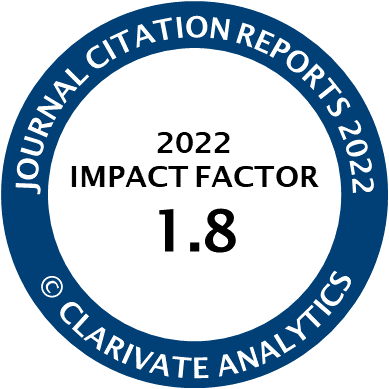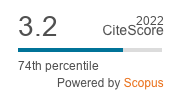Article | Open Access
Editing Cumulated Landscapes: Point Cloud Modeling as a Method of Analysis in Landscape Design
| Views: | 1892 | | | Downloads: | 1269 |
Abstract: Pragmatic planning juxtaposed with conflicting agendas has led to metropolitan territories with little quality for urban life. Rapidly growing urban agglomeration, synchronous with the Great Acceleration of the global society, is causing massive landscape change leading to radical breaks with traditional landscapes. By drawing from the formal properties of the environment that include existing qualities, it is possible to develop solutions that respond to both a broader and more specific context. The method resorts to laser scanning technology to produce three-dimensional point cloud models and use them as a prospective medium to perform informed transformations in the landscape. Laser-scanned 3D models can help take advantage of subtle topographic differences to support water management, capture significant site features, and provide an accurate site inventory that could reduce the cost of displaced terrain and replanted trees. The article discusses how point cloud models can support the site investigation as part of a digital design method in the field of landscape design. The approach engages formal characteristics of a physical landscape and results in a transformative workflow linked to the survey and the analysis of the site. By using modes of visualization and coloring to emphasize shapes, densities, and heights, the model can reveal relevant landscape features and patterns that are otherwise not noticeable. Section 1 introduces the methods used in other disciplines; Section 2 provides explanations about how the methods apply to a case study in landscape design; Section 3 presents the possibilities offered by the approach to integrate formal characteristics of the environment during the design process. Design development based on documented features in the point cloud model increases the control to shape environments that contribute to the process of accumulation occurring in the landscape.
Keywords: change detection; digital landscape design; geometric analysis; geometric documentation; point cloud modeling
Published:
© Philipp R. W. Urech. This is an open access article distributed under the terms of the Creative Commons Attribution 4.0 license (http://creativecommons.org/licenses/by/4.0), which permits any use, distribution, and reproduction of the work without further permission provided the original author(s) and source are credited.




